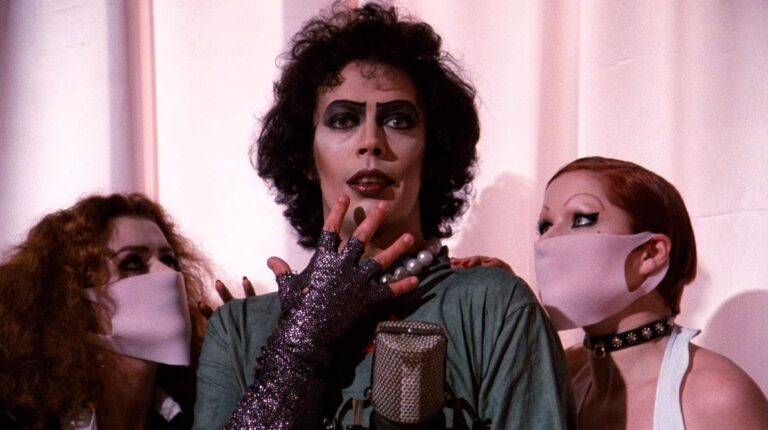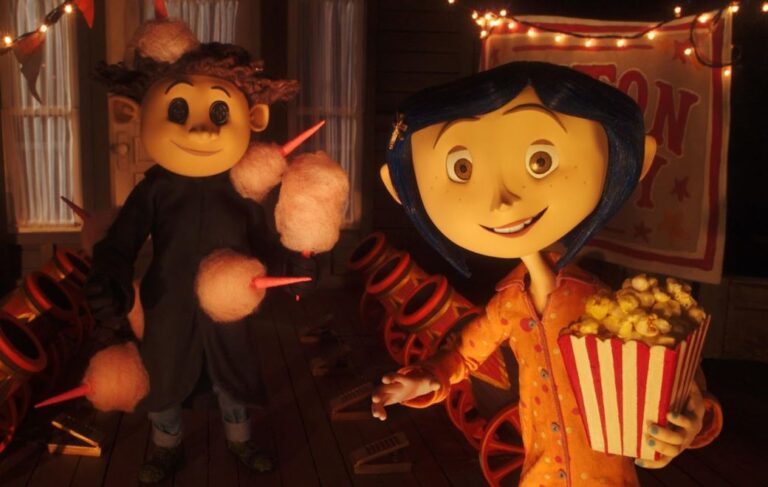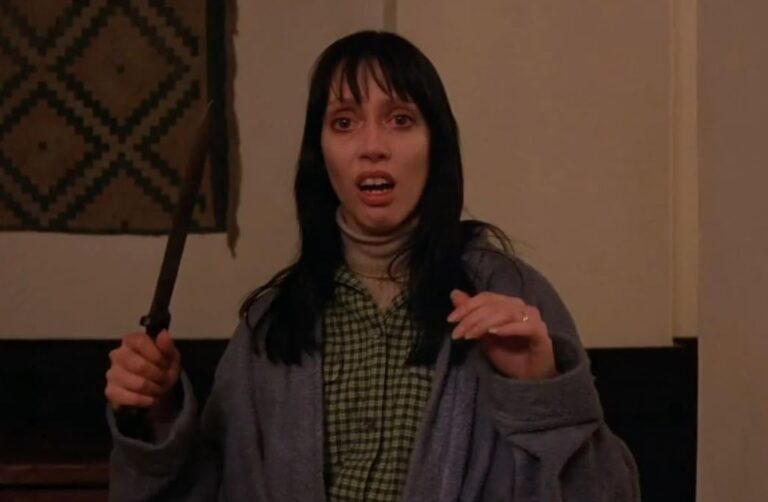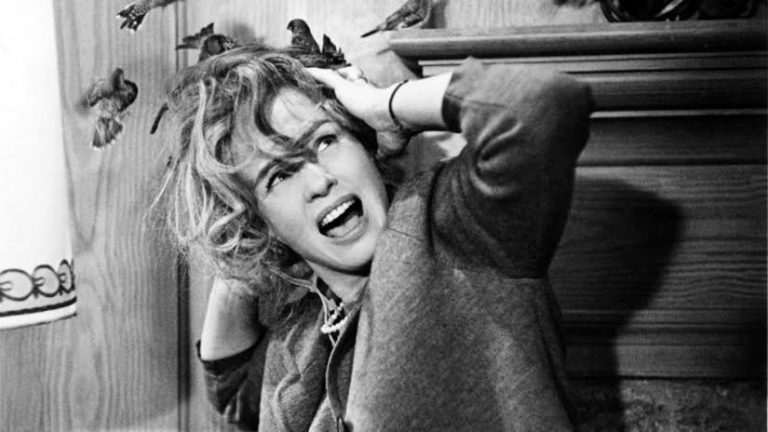The ‘Homestuck’ Pilot: A Revival of an Internet Epic Draws in New Viewers and Old Fans.
While reactions to the pilot’s trailer in August voiced both concern and excitement, fans anticipate what the future of the animated debut holds.

While reactions to the pilot’s trailer in August voiced both concern and excitement, fans anticipate what the future of the animated debut holds.

This week in revival, we’re excited to share the scariest screenings and local events in the Boston area. Whether you’re…

Welcome back to This Week in Revival. Theaters will be haunted with Halloween and horror screenings all this week –…

Issue Three: The Next Mutation Edited by Francisco Viana 2024 marks the 40th anniversary of the Teenage Mutant Ninja Turtles…

Revivalist movie theatres, theatres that screen non-contemporary, independent, and international films, are some of the strongest proprietors of film as…

Issue Two: Out of the Shadows Edited by Francisco Viana Comic book artists Kevin Eastman and Peter Laird could hardly…

Issue One: Turtle Power Edited by Francisco Viana In November of 1983, in the dingy living room of two aspiring…

In this final installment of Bette, Marilyn, and #MeToo, Kerry McElroy brings her timely and informative series to a close. But not before considering what today’s feminists and Hollywood insiders have to say about the relevance of studio-era actresses on this contemporary moment.

As the world opened up to women’s liberation, civil rights, and new social movements, Hollywood of the 1960s doubled down on the exploitative practices that had made the industry so harmful to women. In this sixth series installment, Kerry McElroy argues that the sexual revolution stirring the larger culture, epitomized in the rise of Hugh Hefner, fanned the flames of an already misogynist, violent industry culture. As seen through the lives of Tippi Hedren and Marilyn Monroe, this article shows that the commodification of women only increased, even as the old studio system was dying. Few stars experienced the exception; read on about a compelling example: Elizabeth Taylor.